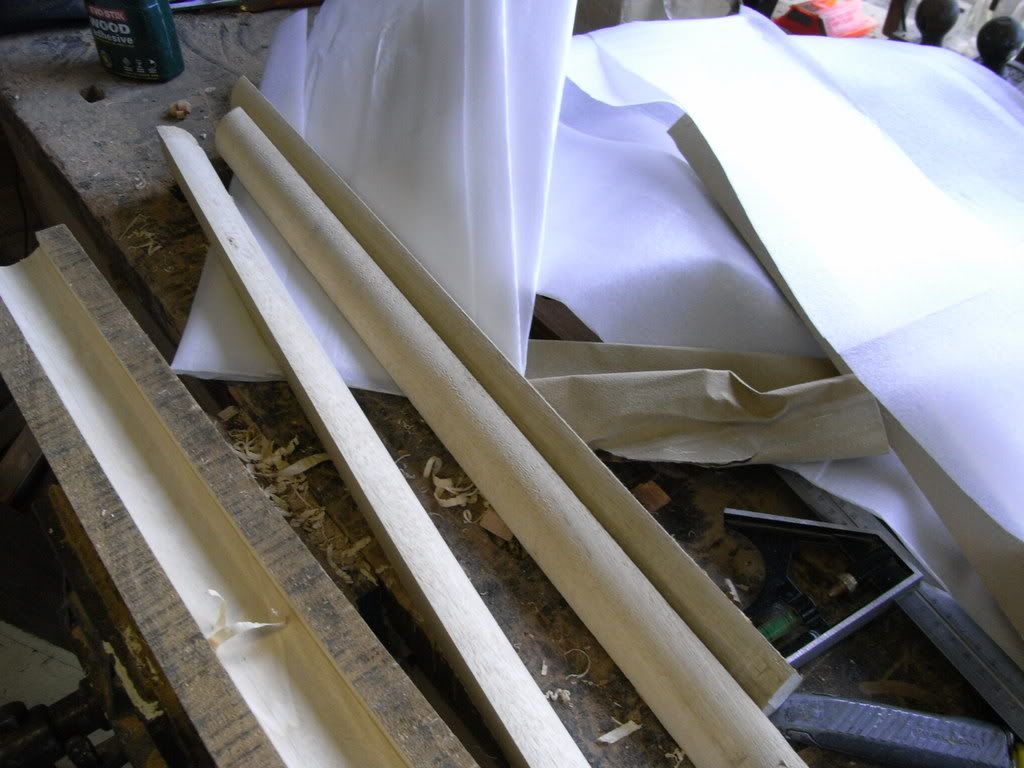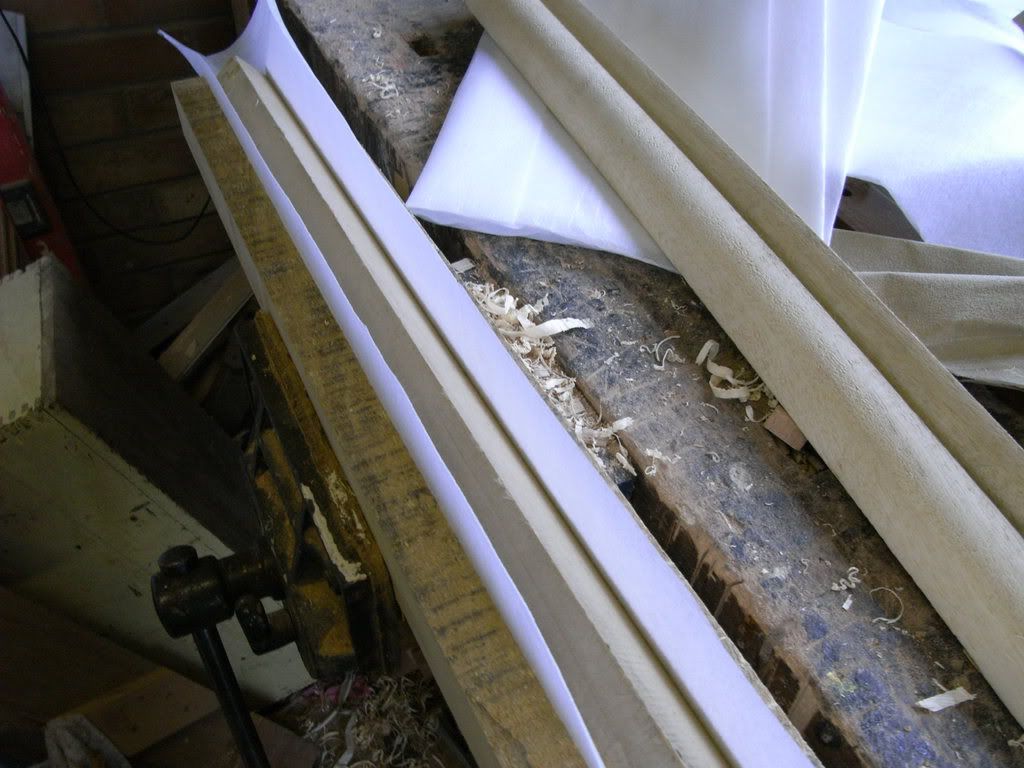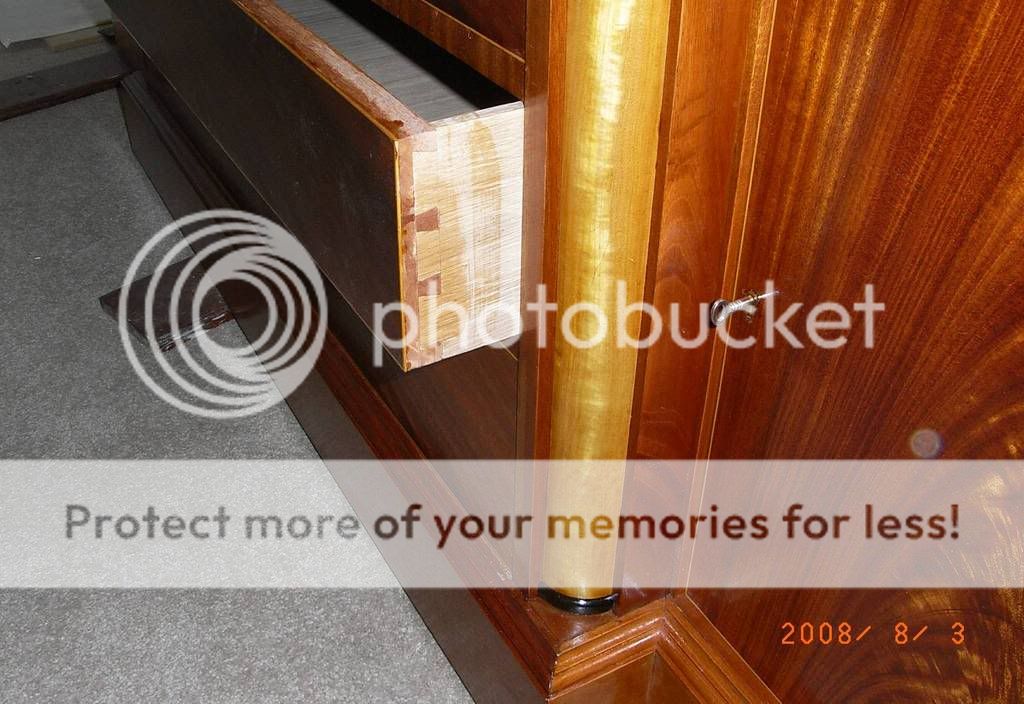Jonathon, I do quite a lot of veneering. Depending on the situation I'll use traditional hide glue with a veneer hammer, iron-on glue film, PVA with a press, or vacuum bagging. The one technique I almost never use is contact adhesive.
In fact I'd only ever use contact adhesive for either very small pieces of wood veneer where it would be difficult to apply pressure while PVA was setting, or if applying an artificial non-porous laminate. The two main reasons are that wood veneers are rarely, if ever, truly flat, which means it's all too easy to end up with wrinkles. And secondly there's the problem of lining up the veneer and the ground accurately enough.
Mind you, I've never veneered a spiral staircase and faced with a challenge like that I can see the atrraction of contact adhesive! However, for more modest projects I'd strongly recommend iron-on glue film. Where iron-on glue film becomes tricky is if you're joining sections of veneer for say a book matched effect. But even quite large single pieces of veneer can be successfully applied with this method if you break the work piece down into seperate "quadrants" and tackle them one at a time.
I find one of the most important tips for iron-on glue film is figuring out a way of cooling the work piece quickly after you've ironed it. This makes the glue film set sufficiently to hold the veneer down and prevent blisters. One way of achieving this is to use a metal plane (with the blade withdrawn of course!) to go over the veneer after the iron, chilling the plane in the fridge before hand makes this technique even more effective.







